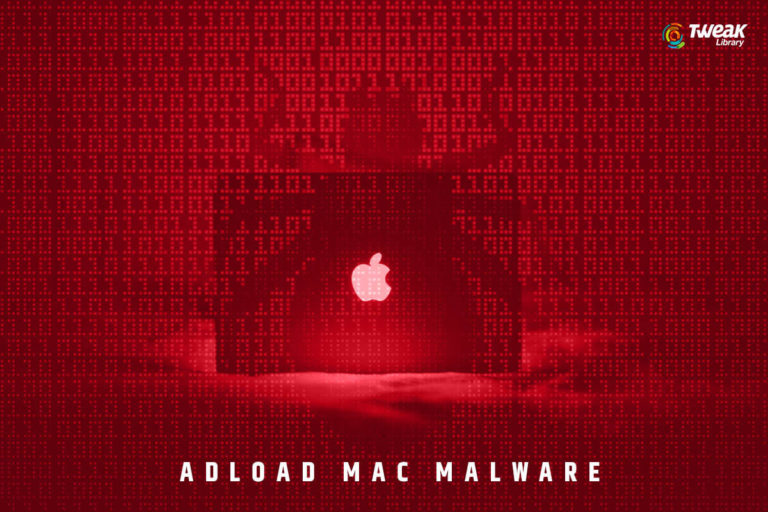Often people mix terms like worms, trojan, spyware, they use them whenever there is a discussion on computer virus. But let me tell you using them interchangeably is not correct. These terms cannot be used when we talk about virus they all are different. Viruses, worms and trojan horses are malicious programs, they cause damage to your computer, but the way they harm a system is what makes them stand apart.
To protect our system from these threats we need to understand the terms and their difference. In this article, we will help you understand them better.
Learn More for Efficient Protection Against Threats
Computer virus attaches itself to a program or file, as these application and files travels from one system to another infection spreads. Computer viruses are dangerous but they vary in severity: Some make the system slow and sluggish while others cause damage to the hardware, software and files stored on the system thus making system in-operational.
As viruses are attached to an executable file they cannot function without human intervention. They can sit into the system but won’t work until the malicious file or application is opened or run. Users play an important role in spreading the infection as they are unaware that they are sharing an infected files or emails with others.
Also Read: Leakbase Is Reportedly Dead!
Worm are designed like viruses and so considered as its sub-category. But the way it works make it different, worms can spread from one machine to another unaided as they file or information transport features. Not only this they can duplicate itself for instance if a single worm is sent out by a machine it can easily send out hundreds or thousands of copy itself resulting in huge devastating effects.
To understand things better let’s take for an example a worm can send a copy of itself to all the e mail address listed. From there it replicates itself and sends itself to other in the address book of the recipient and this process goes on. Due to the way, it works worms tend to consume too much system memory (or network bandwidth), causing Web servers, network servers and individual computers to be unresponsive. The most recent worm attack was designed to get into the system and allowed malicious users to control the computer remotely.
Trojan horse is different than virus and worm. It is a destructive program that looks as a legitimate application. Unlike worms, Trojan horse can’t replicate itself but can be destructive. Trojans opens a backdoor entry to your computer which gives malicious users/programs access to your system, allowing confidential and personal information to be theft.
|
Virus |
Worm |
Trojan Horse |
| Cannot spread from one computer to another without human intervention | Can spread from one system to another by itself | Cannot replicate itself |
| Viruses have different level of threats | Worms are destructive and dangerous | Trojan Horse is hard to detect and is very destructive |
| Viruses doesn’t use too much of system resources | Worms take up a lot of bandwidth and makes the system unresponsive | Trojan Horse doesn’t need much system resources as it looks as genuine application but works differently |
| Virus attached to executable file | Worms can be attached to anything, specially they are sent out as e mail attachment | Trojan Horse hides under a genuine application and spreads infection |
| Steals information and makes system vulnerable | Makes system slow sluggish and can even use it as a bot | Trojan Horse opens a backdoor for malicious programs |
Also Read: Cyberstalking: An Underrated Crime
Hope after reading the article you can know the difference between these threats. They all cause damage to the machine but the way they work is not the same. Virus and trojan horse cannot replicate itself whereas worms can. Viruses cannot execute itself but others can so now you very well know these threats only look alike but they aren’t.






Leave a Reply